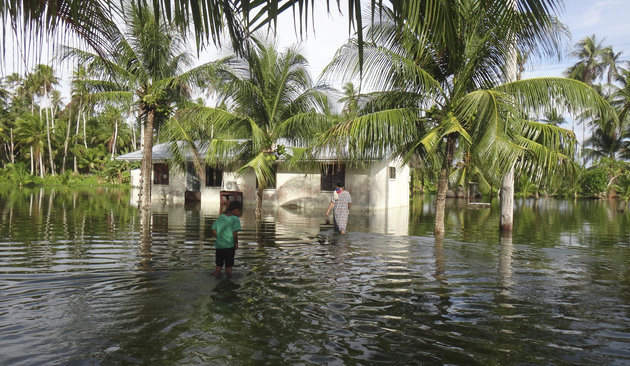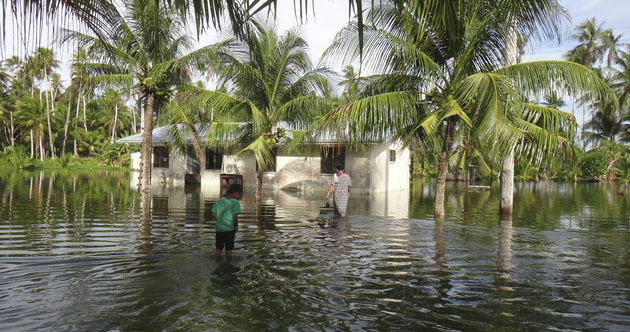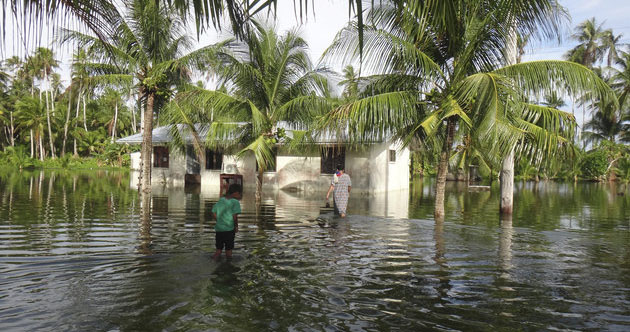This blog originally appeared on G7G20.
Two bus rides and two hours later, I had travelled away from the hustle and bustle of the famous Aristotelous Square in Thessaloniki and reached my destination – a refugee camp in Diavata. In the days preceding my visit, I had spoken with fellow legal minds about the future of my islands and peoples. I had spoken of Small Island Developing States, like my own, that will be consumed by the oceans to the point of inhabitability; of those that are already disappearing; and of the millions of people that will be displaced as a result of climate change and will need to find refuge elsewhere. They joked that they would let this future ‘climate refugee’ have their spare room but as I gazed into the camp I couldn’t help wonder if this was the fate of my peoples - ‘life in a tent’.
Under existing international law, legal mechanisms to provide refuge to ‘climate refugees’ beyond immediate humanitarian assistance do not exist. Nowhere is mentioned climate change or environmental degradation in the definition of ‘refugee’ under the 1951 Convention relating to the Status of Refugees and its 1967 Protocol, which protects only from persecution. And whilst a case can be made for protection under the 1998 Guiding Principles on Internal Displacement in the case of migration within internal borders, this is of no assistance to the peoples of islands no more than 3-4 metres above sea level or islands uninhabitable beyond the areas consumed by the sea. Even if the UN estimate of 200 million people displaced by 2050 is just that - an estimate - the international community can no longer shy away from negotiating a solution to this problem - be it in the form of a new category of refugees, a new ‘climate refugee’ convention, a non-binding but universally agreed set of principles to protect those displaced or other solutions outside the realms of international law.

Interestingly, Jane McAdam, Director of International Refugee and Migration Law Project at UNSW in Australia, suggests that the international community should look at regional and national solutions to specific challenges. Using the example of the New Zealand Pacific Access Category (PAC) which allows a number of citizens of Kiribati, Tuvalu and Tonga to establish residency in New Zealand each year without making mention of environmental issues, Benjamin Glahn, Deputy Chief Program Officer at the Salzburg Global Seminar, points to ways in which state migration policy, for states wishing to avoid international legal definitions, can work to allow at-risk populations through the immigration gates.
This option would not elevate the legal status of peoples fleeing as a result of climate change, but in the interim it would prevent these ‘climate refugees’ from seeping through the cracks of international law. In line with this option, the international community should start pressuring states to take in a fair share of at-risk populations. State contribution to climate change must translate to providing refuge to those whose homes and identities are being stripped away as a result.
Zara Pardiwalla is a barrister and attorney-at-law by profession and an environmentalist by passion. She is a One Young World Ambassador who lives in the Seychelles where she leads projects for the protection of oceans, seas and marine life from the threats of climate change and marine pollution.


